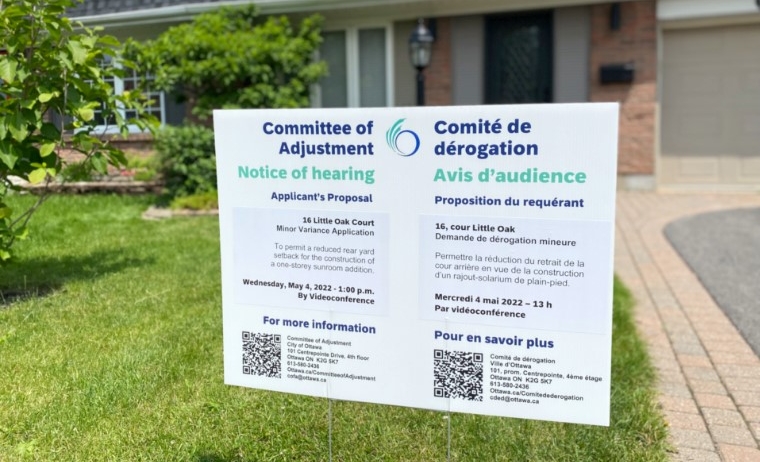What's happening
About the Committee
Overview of what we do, panel structures, panel members...
Submit an application
Application types, forms, how to apply...
Participate at a hearing
Submit comments, register to speak, adjournments, decisions, appeals...
Agendas and decisions
Next hearings, hearings calendar, agendas, search past agendas, Declarations of interest...
Contact Committee staff
By phone, e-mail or in person with an appointment.
